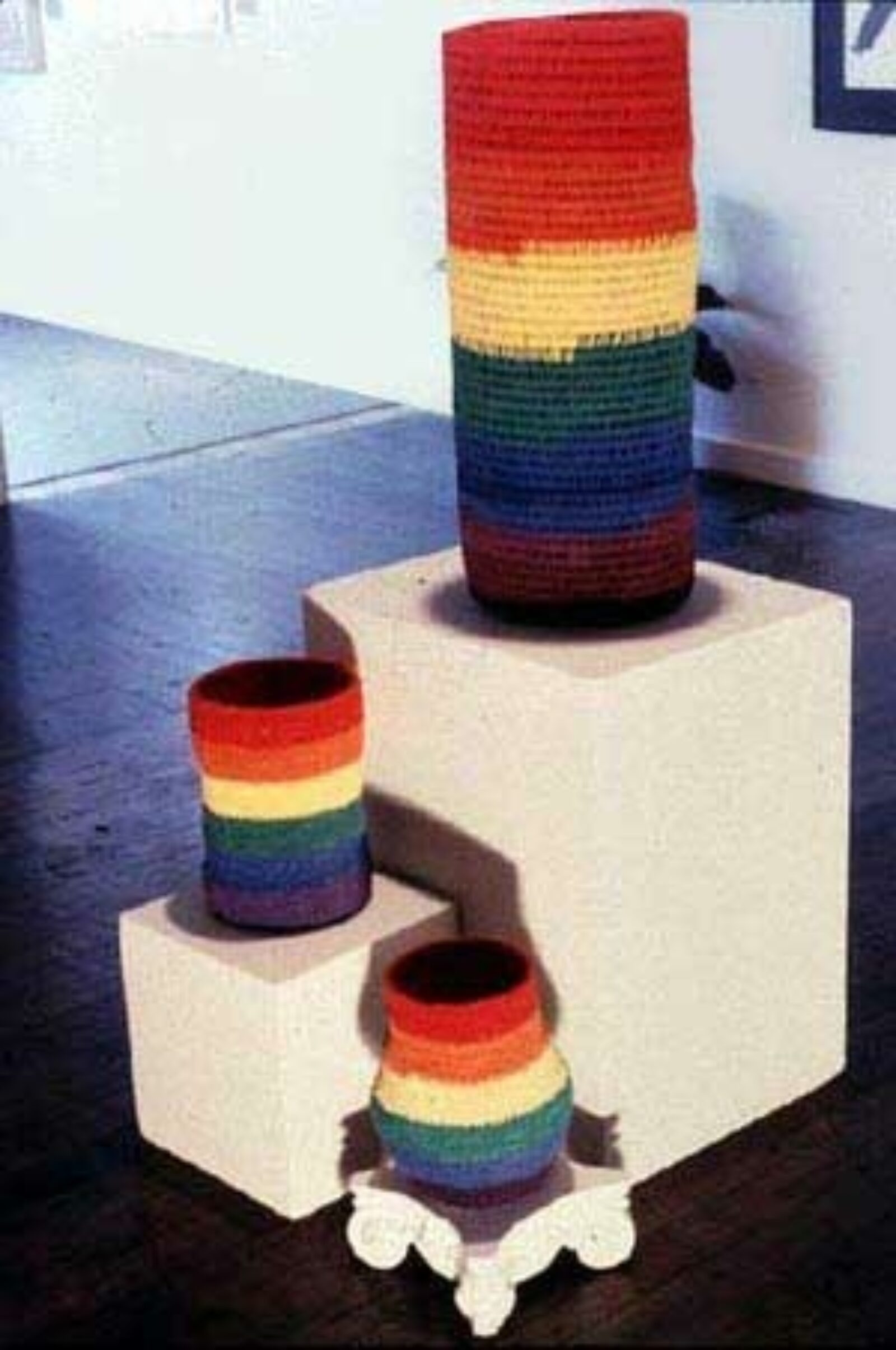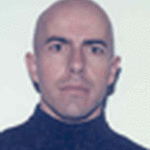


















featured gallery for April 2004
Particular Insight
An archive as visually extensive as the one at Visual AIDS provides curators with both many possibilities and many hurdles. In combing through the archive, I realized that to settle on one curatorial theme (self portraits, photography, abstract, religion, still life and so on) was too limiting. Curating an online exhibition around one kind of visual language did not demonstrate the incredible variety of what exists in the files at Visual AIDS. In realizing that images from the archive (spanning something close to 30 years) were this varied, I felt that perhaps a more interesting exhibition could result from embracing the difference rather than dividing into categories.
This small insight of 20 images is a personal account of the archive. It begins with "Untitled (Self Portrait)," 1976 by Mark Morrisroe and ends with Thom Markee's "Positive Today," 2002. With these two images as "bookmarks," the others included span the period from the late '80s through the '90s and into the new millennium. I chose some artists who are no longer with us because their presence (and loss) is still felt in the art world in New York (Mark Morrisroe, Felix Gonzalez-Torres, Frank Moore, Keith Haring), whilst the work of others brought to mind the difficulties and desperation of the AIDS crisis in the western world over this time (Mike Parker, Kurt Reynolds, Joe DeHoyos, Chuck Nanny, Michael Ransom). Others such as Reynold Hauser's "Colored Lines," 1997; Fredrick Weston's "Proud and Vain," 1998; and TRET's "Art Tour," 1997 polaroids allude to more mysterious abstract and conceptual ideas.
I found that the works made towards the late '90s and into the '00s were perhaps a little less overtly political, and represented a subtle shift in media from painting and photography towards craft/sculpture. Louis Miller's cell/disco ball painting "Unmoon," 1999 and Preston McGovern's "Vaccine," 2000 are an interesting visual bridge at this critical time leading to works by Alex Aleixo, Rene Capone, James Simmonds and James Fackrell (the latter two creating sculptures utilizing the colors of the rainbow flag which have a quirky subversive edge). Nearly all the works from these last few years felt to be "lighter" but not less meaningful. Michael Boroskey's "Maintenance and Cure," 2001 conveys that the heaviness may have lifted but not without an unbearably high price.
The only obvious link all these works have is their relationship with the Visual AIDS archive. The complexities within those relationships create many connections which in turn thread their way into, around and over each other. As much as these images represent something special for each artist, they will also represent something else for the viewer of this exhibition. As they quietly convey the messages, dreams, stories and desires of each artist, we in turn are thankful to look and listen.
